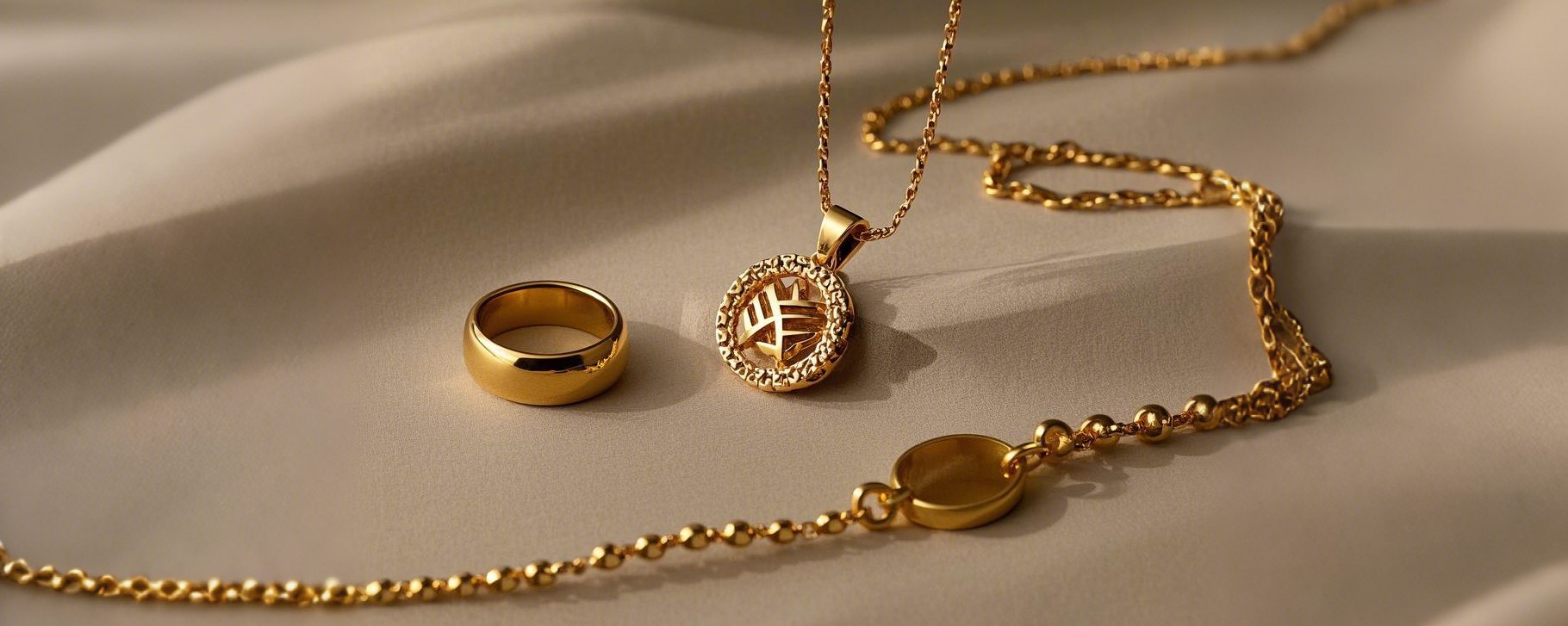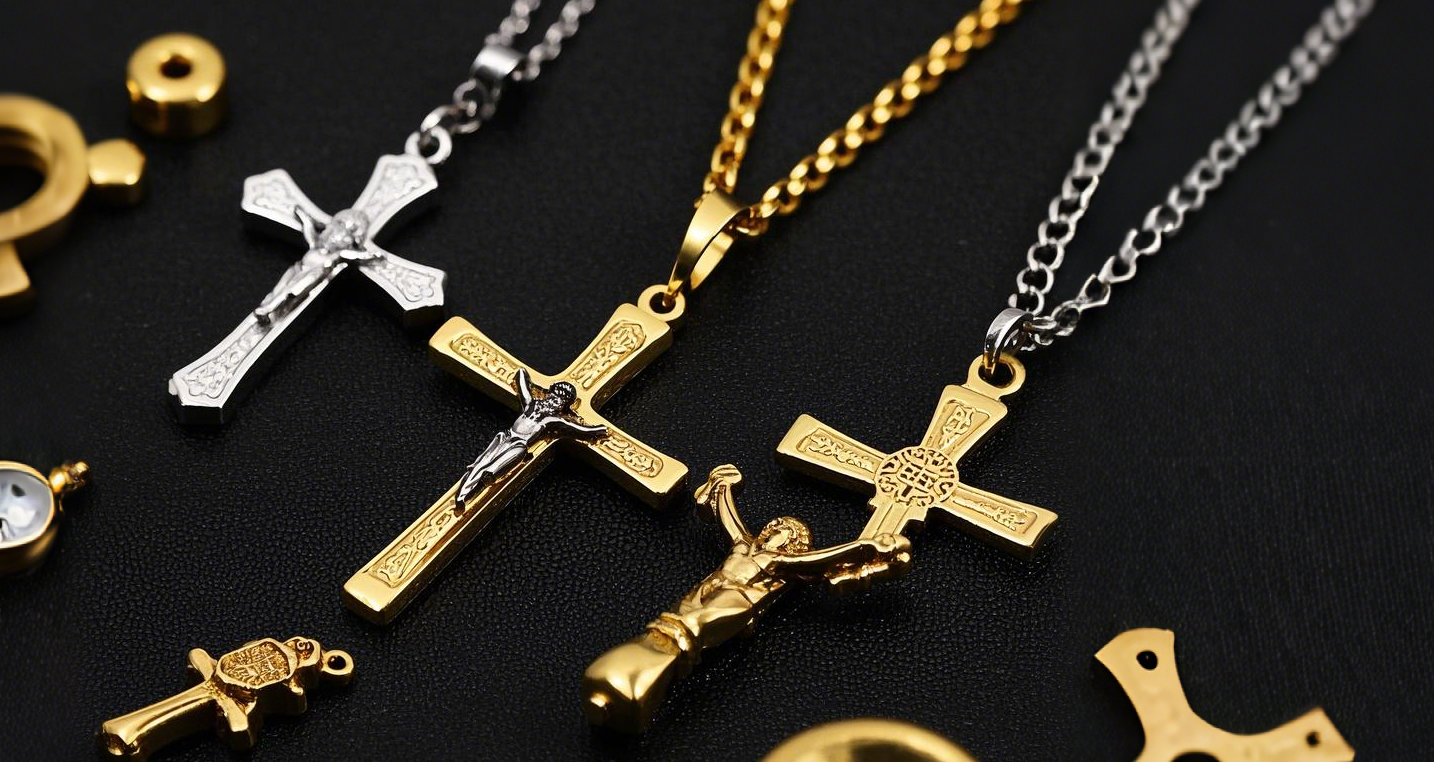In the world of automotive, furniture, and fashion industries, microfiber leather has emerged as a game-changer due to its blend of luxury, durability, and affordability. As the demand for this versatile material continues to soar, identifying the top microfiber leather manufacturers has become crucial for businesses seeking to elevate their offerings. Today, we delve into the best 5 microfiber leather manufacturers, highlighting their strengths and, importantly, showcasing how WINIW Leather Factory stands out with its exceptional products and customizable services.
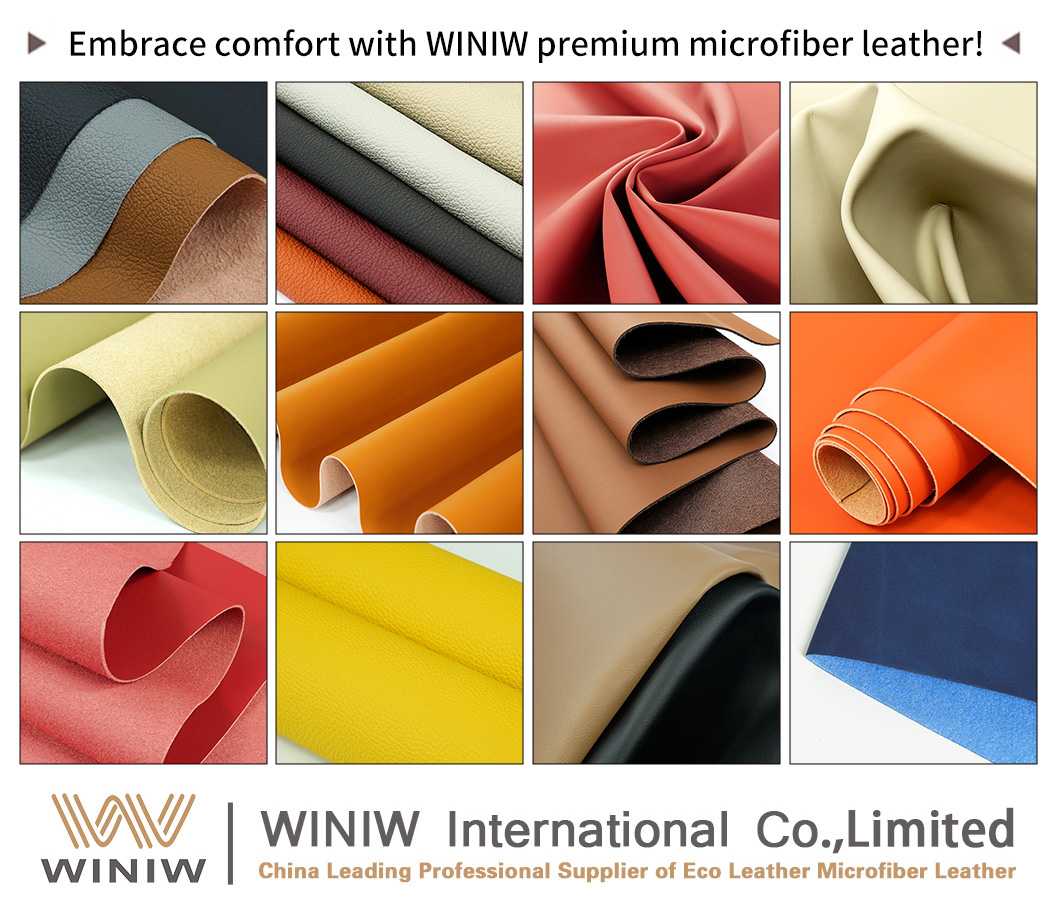
1. Innovation and Quality at Its Core
The top microfiber leather manufacturers prioritize innovation and quality in their production processes. They employ cutting-edge technologies to craft microfiber leather (Microfiber Leather Manufacturer) that mimics the look and feel of genuine leather but with enhanced properties. These manufacturers understand the importance of consistency, ensuring each batch of microfiber leather meets rigorous standards for color fastness, wear resistance, and environmental friendliness.
2. Versatility in Applications
Microfiber leather's versatility is another key aspect that sets it apart. From automotive seat covers and interior trim to high-end furniture upholstery and stylish fashion accessories, the applications are endless. The best manufacturers offer a diverse range of microfiber leather (Microfiber Leather) grades and finishes, catering to the specific needs of different industries. This ensures that businesses can find the perfect match for their projects, whether they require a sleek, modern look or a more traditional, luxurious feel.
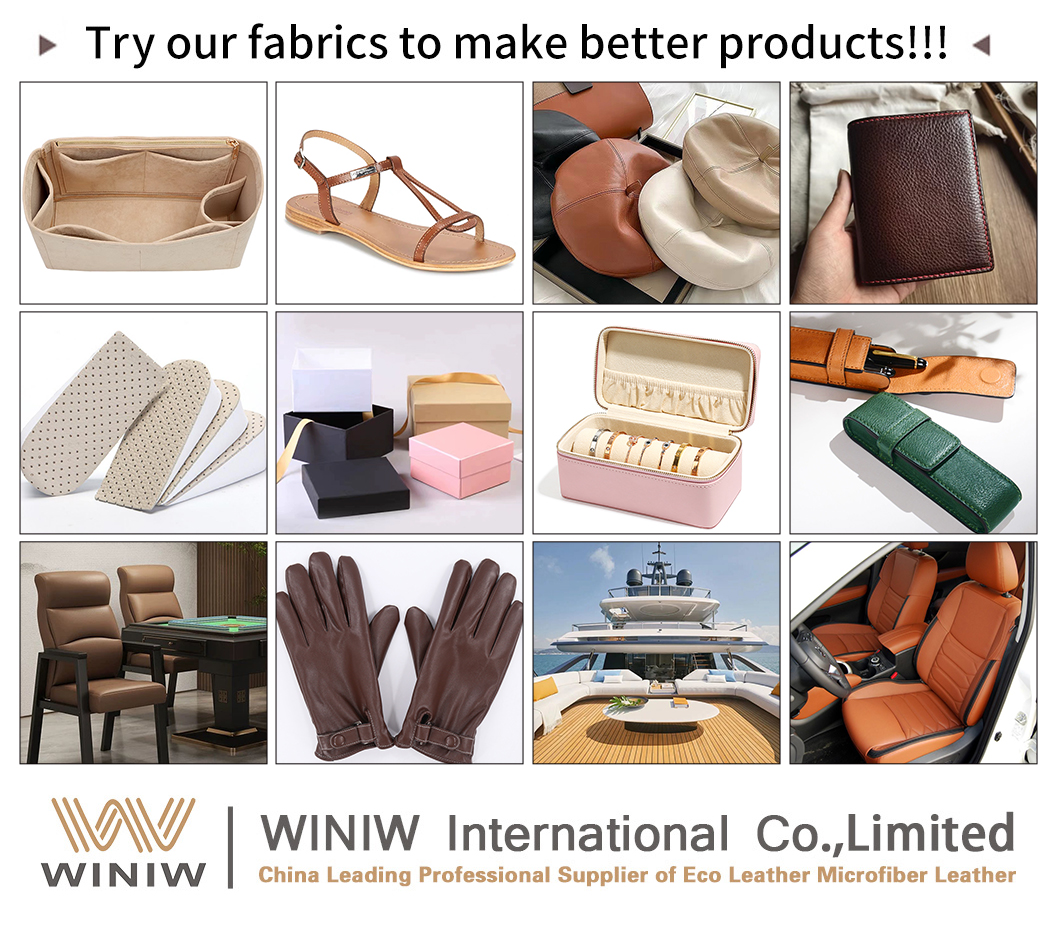
3. Sustainability and Eco-Friendliness
In today's conscious market, sustainability is non-negotiable. The top microfiber leather manufacturers recognize this and have implemented eco-friendly production practices. They use materials sourced responsibly and minimize waste throughout the manufacturing process. By choosing these manufacturers, businesses contribute to a more sustainable future without compromising on the quality and aesthetics of their products.
4. Customizable Solutions for Unique Needs
Among the best 5, WINIW Leather Factory stands out not just for its high-quality microfiber leather but also for its unparalleled customization options. Understanding that one size does not fit all, WINIW offers customizable services that cater to the unique needs of its clients. From custom colors and textures to tailored dimensions and finishes, WINIW ensures that every project is brought to life with precision and perfection. This level of personalization sets WINIW apart, making it the go-to choice for businesses seeking bespoke solutions.
WINIW Leather Factory: Where Quality Meets Customization
When it comes to microfiber leather manufacturing, WINIW Leather Factory combines the best of both worlds. With years of experience in the industry, WINIW has honed its craft to produce microfiber leather that is not only durable and stylish but also environmentally friendly. What truly sets WINIW apart, however, is its commitment to customization. By offering tailored solutions, WINIW ensures that every client's vision is transformed into reality, creating unique and memorable products that stand out in the market. Whether you're in the automotive, furniture, or fashion industry, WINIW Leather Factory is your partner in innovation and excellence.
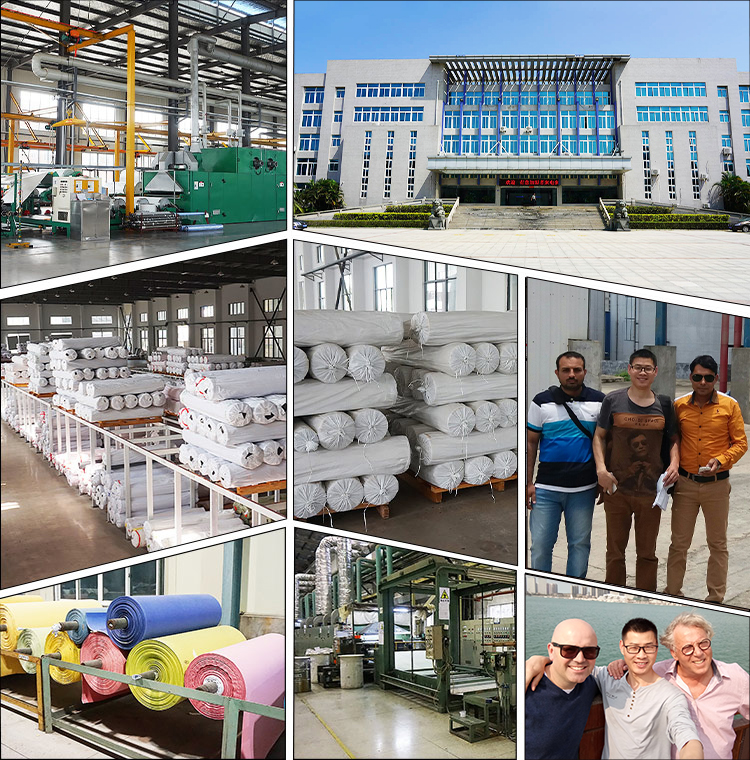
In conclusion, choosing the right microfiber leather manufacturer is vital for businesses aiming to create standout products. The best manufacturers blend innovation, quality, and sustainability, offering versatile solutions that cater to diverse needs. Among them, WINIW Leather Factory shines with its exceptional microfiber leather and customizable services, making it an ideal partner for businesses seeking to elevate their offerings and stand out in a competitive market.

